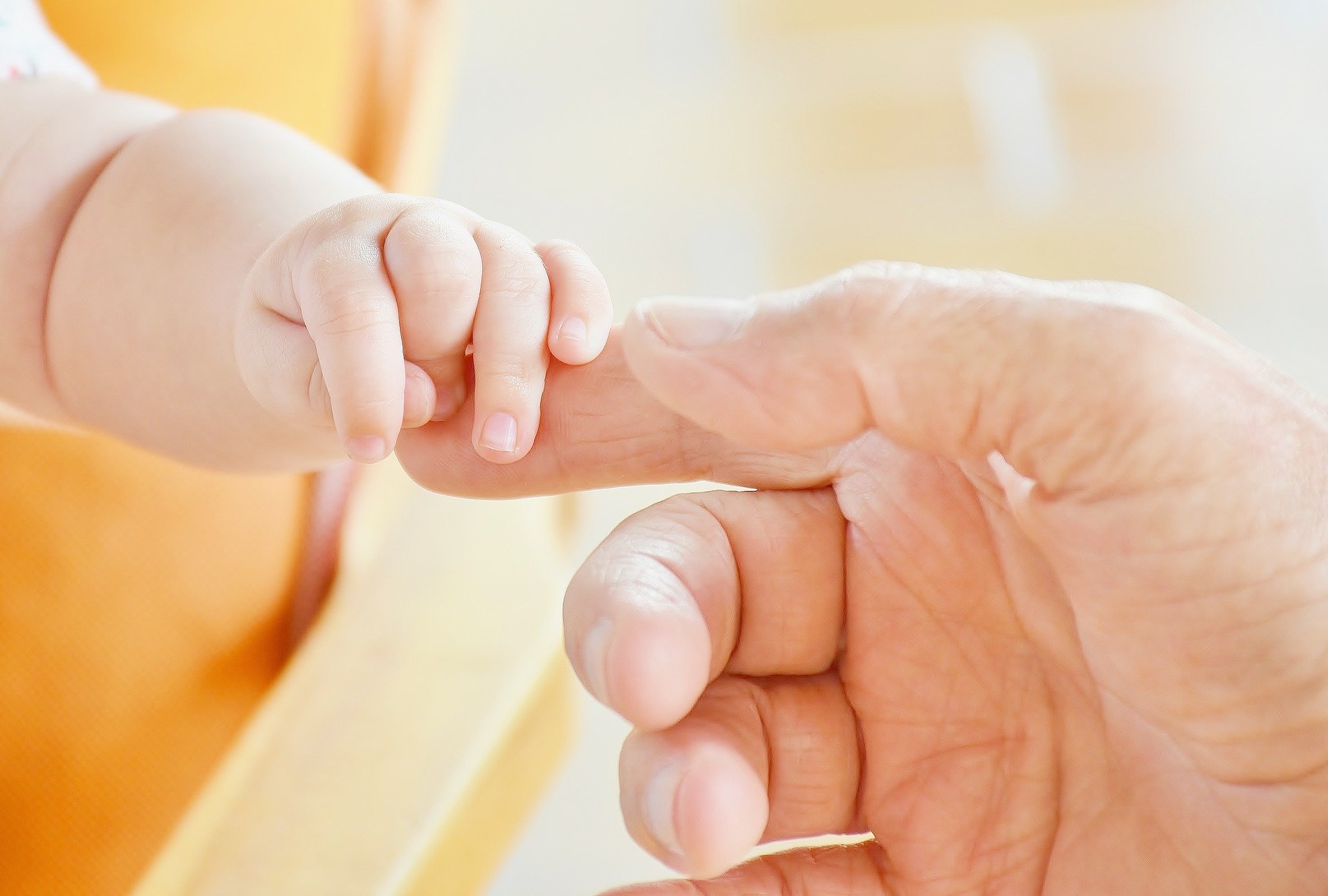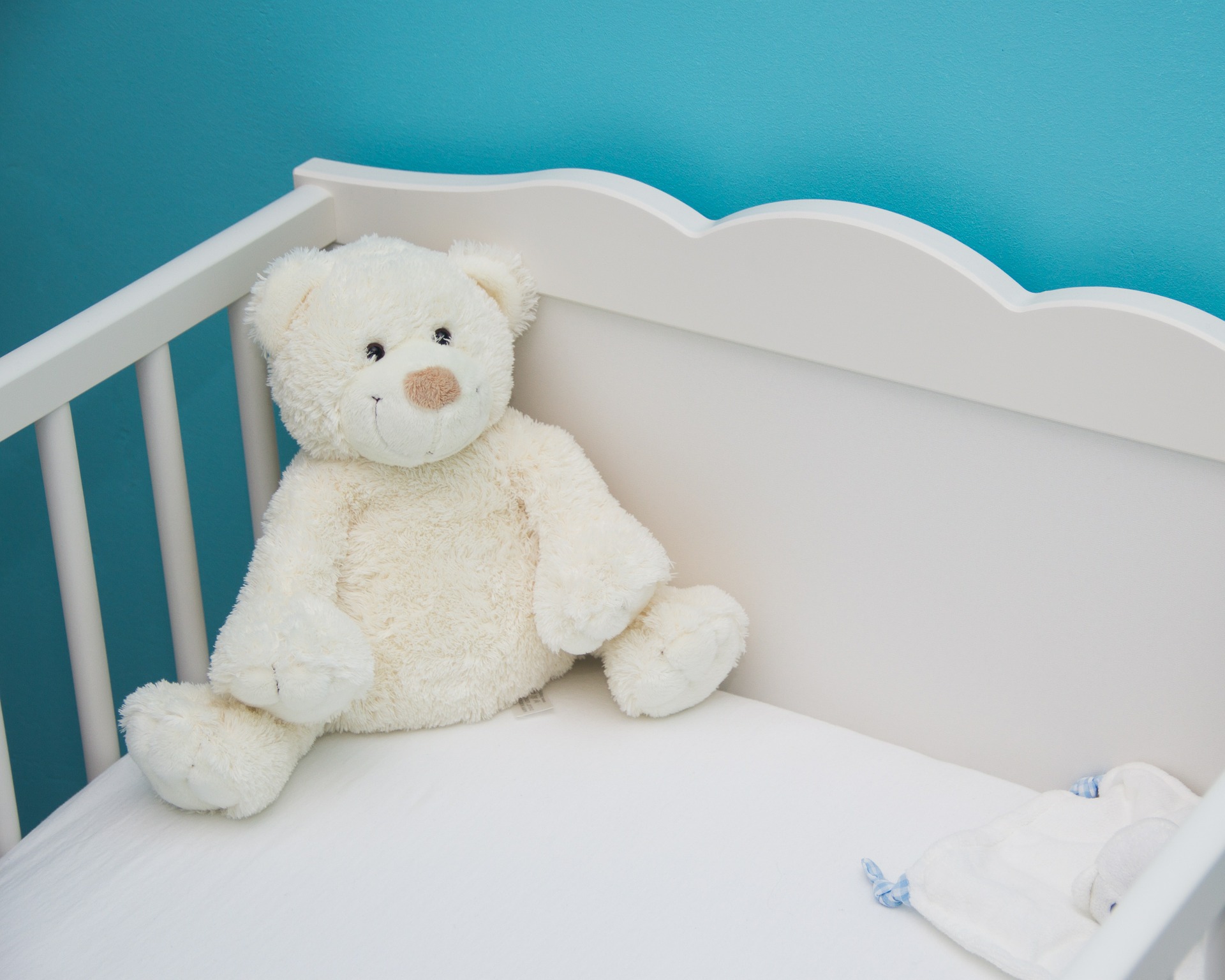A Guilt-Free Guide to Baby Sleep
It’s a known fact: babies don’t have the same sleep rhythm as adults. As an expectant parent, you might be dreading when the time comes to say goodbye to your uninterrupted nights of sleep. And if you are a new parent, you have surely experienced the difference by now. No wonder there is a lot of literature out there about baby’s sleep, promising miracle techniques to soothe your baby to sleep. But soon you realize that there’s just no one size fits all answer to what has been a mystery for millennia… because every baby is unique! But that’s okay. Wherever you are at right now, there is always hope and a better option. The first step in finding what works for you is to get a clear understanding of baby sleep.

Understanding Your Baby’s Sleep
Your baby’s sleep will change as they grow. In general, though, this is what you can expect:
- When babies are born, they sleep most of the day and night away, from 16 to 18 hours daily. That being said, they usually only sleep a couple of hours at a time, as they wake up to eat. They haven’t established a difference between day and night yet and this is why it can get tricky.
- At three to four months old, many parents get relief when their baby is able to sleep five to six hours a night without waking up. But again, every baby is different and this might not be true for you.
- Around six months old, your baby might develop separation anxiety and have a harder time falling asleep alone.
- Lastly, by the time your baby celebrates their first birthday, they will most likely be sleeping around ten hours per night without interruption.

Having a Routine is Key
Just like adults, babies have their own personality and preferences. So unfortunately we can’t suggest a one-size fits all routine that will work for sure. But having a bedtime routine is essential.
What kind of routine? This is yours to figure out. Some parents only spend five to ten minutes reading stories before kissing goodnight, whereas others do other activities for longer periods of time. As for what is called “sleep training”, some experts recommend initiating it as early as eight weeks old, whereas others advise to wait until three or four months old. Here again, it is up to you to find what applies to your situation. Suggested techniques may range from the “cry-it-out” method or gentler alternatives. Above all, be patient! Recognizing the signs of fatigue in your baby can be of tremendous help (rubbing eyes, yawning, fussing…).

A Reminder on Baby Sleep and Safety
SIDS stands for Sudden Infant Death Syndrome and is defined by the unexpected and unexplained death of a healthy baby that is less than a year old. No one knows for sure why it happens, but adapting security measures has been proven to diminish this risk. These are:
- Making your baby sleep in their own crib without any blankets, pillows, or toys, which could be choking hazards.
- Positioning your baby on their back to sleep.
Ideas to Implement
Now, these are just a few suggestions that you can try to implement to see whether they could be of good use for you and your baby:
- Place your baby in the crib when they are drowsy but still awake. (The caveat is that some babies may get fully awake again, so take this advice with a grain of salt.)
- During your baby’s bedtime routine, do their favorite activity last, with the goal that they will start looking forward to that specific time.
- Keep a sleep log and track your baby’s progress.
- Create a relaxing environment to help your baby go to sleep: this could be anything from blackout curtains, dim lights (but remember that newborns are not scared of the dark!), white noise and so on.
- At night or during naps, don’t pick up your baby if they wake up and it’s not feeding time yet. Simply pat them gently to reassure them by your presence and that they can go back to sleep peacefully.
- If applicable (and keeping safety in mind), teach your baby to be alone for short periods of time during the day. This way they will learn to not be scared of being left alone at night.
- Use pacifiers or swaddling if you are comfortable with these methods (there is a little bit of a controversy surrounding them, so make sure to read about or visit with your pediatrician it to make up your mind)
- Try to rub your baby’s face down from their eyebrows to the tip of their nose, as some babies find it relaxing.
Don’t Get Discouraged
To conclude, please don’t feel like a failure if you haven’t found anything that seems to work for you yet. In addition, some techniques might work for a little while before your baby starts recognizing and resisting them. You may need to be creative and versatile. In a nutshell, when it comes to baby sleep, it can be a long learning curve filled with trials and errors. But don’t get discouraged and don’t compare yourself too much with other parents. No one knows your baby better than you. Keep trying, you got this!
Resources:
https://www.stanfordchildrens.org/en/topic/default?id=infant-sleep-90-P02237
https://www.todaysparent.com/baby/baby-sleep/most-popular-sleep-training-methods-explained/

